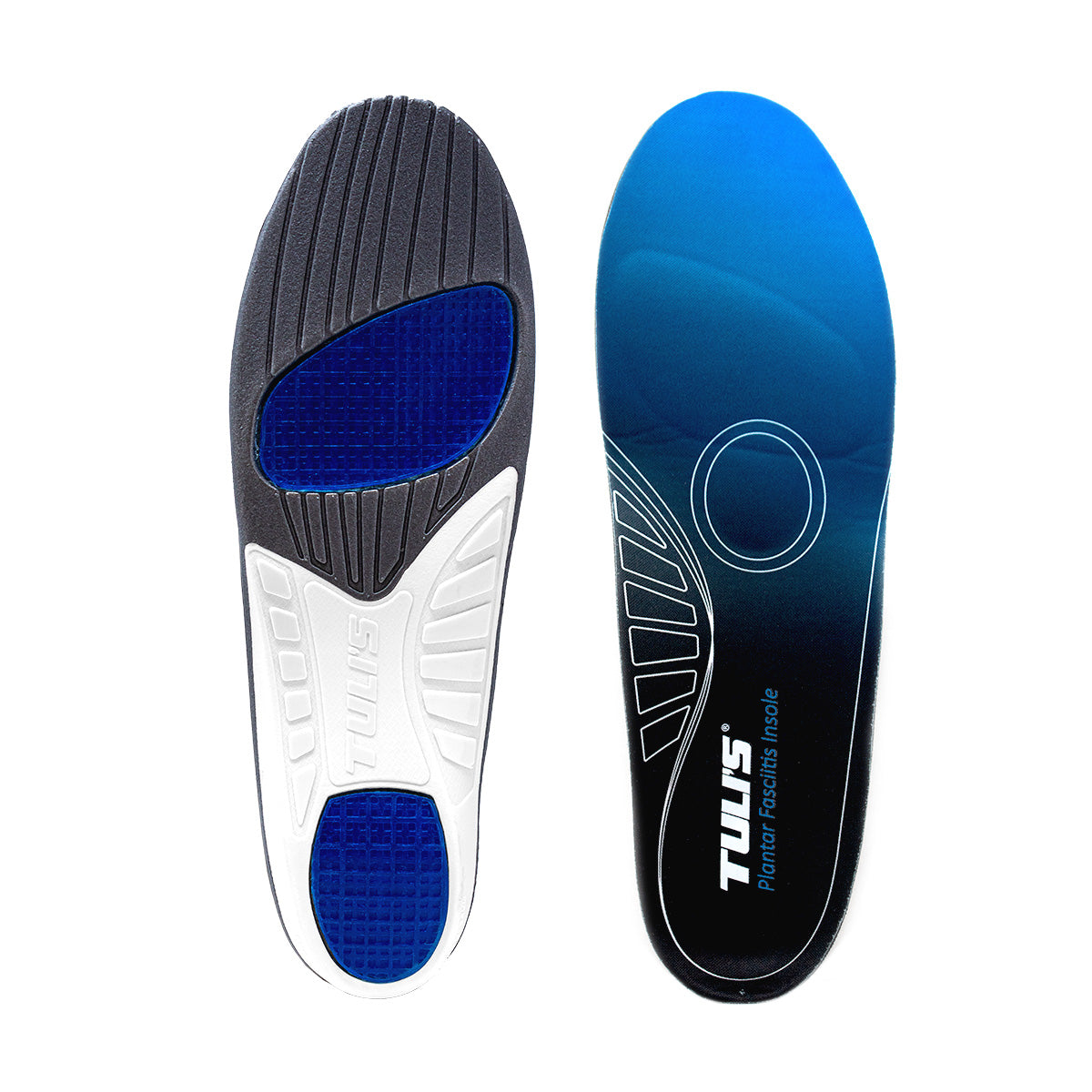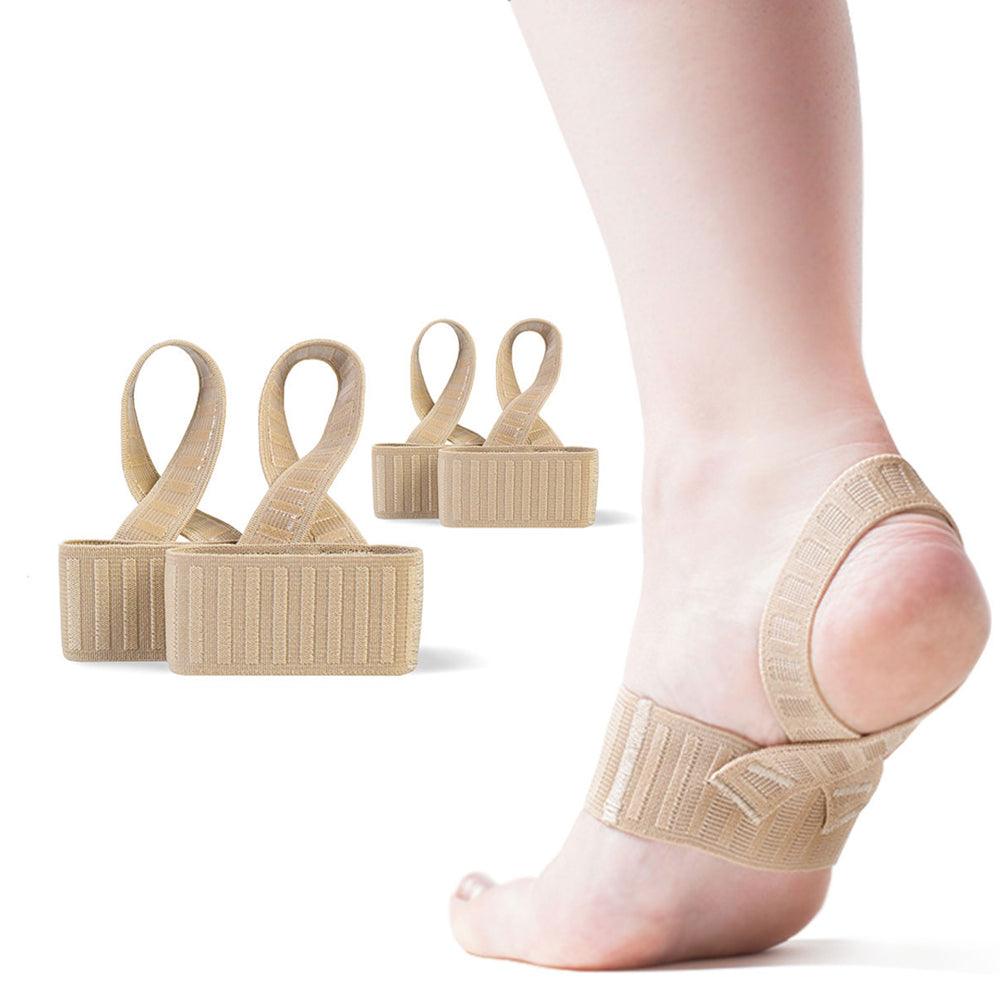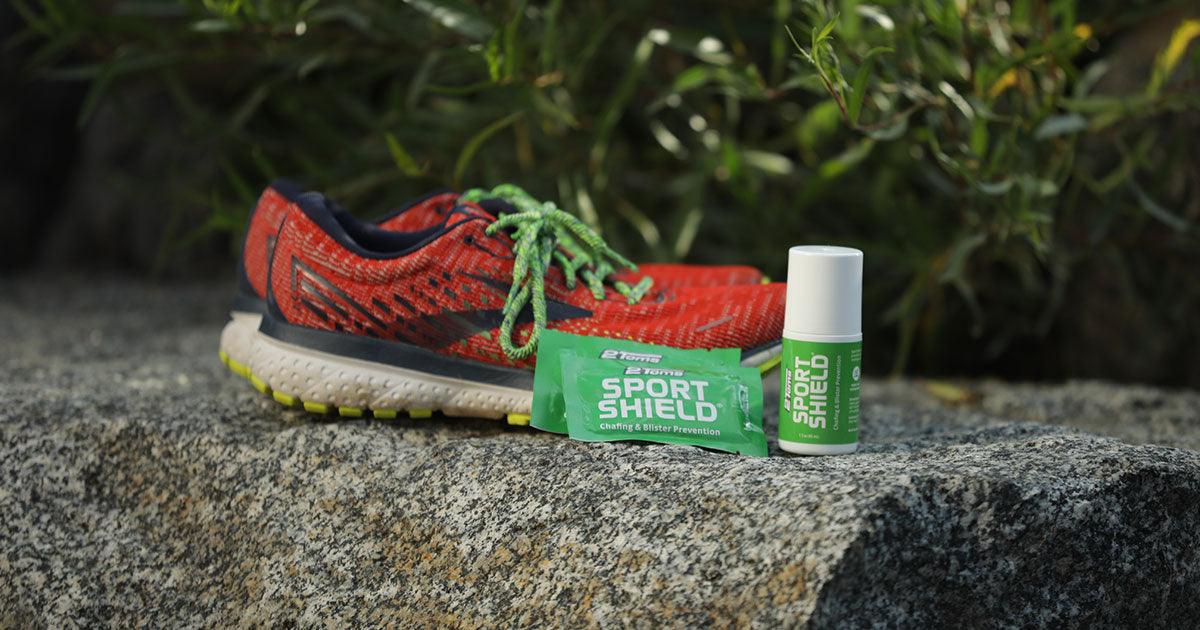If you suffer from heel pain, then you might have plantar fasciitis. The condition generally causes intense pain in the heel when you take your first few steps in the morning. For most people, it is an ailment that is self-limited, but research shows that you will probably feel better more quickly if you seek treatment right away. Here’s what you can do about plantar fasciitis foot pain.
Start a Stretch and Strengthening Program
Treatment for plantar fasciitis foot pain includes starting a stretching and strengthening program. Taking this step often corrects functional issues like excessive tightness of the gastrocsoleus complex or foot muscles that have become weak.
When you increase calf muscle flexibility, the condition may correct itself. Stretching options include wall or stair stretches. For wall stretches, just stand close enough facing a wall so that you can plant your palms firmly against it with your arms straight. Then, separate your feet into a lunge. Bend both of your knees at the same time. This plantar fasciitis solution stretches the calf of the leg that’s farther back. Switch sides after a few breaths.
Stair stretches involve standing with the balls of both feet on the edge of a stair and shifting your heels down toward the floor. If you don’t have access to stairs on a daily basis, invest in a ProStretch Calf Stretcher. This tool helps you to relieve and stretch the plantar fascia far more effectively than conventional methods. It holds you foot in the optimal position for a biomechanically accurate and efficient foot and leg stretch.
Rolling a tennis ball along the arch of your foot or placing the bottom of your foot into a towel while holding it with your hands and pressing your foot against it are other simple ways to stretch the plantar fascia.
A towel can also help you strengthen the foot muscles. For strengthening, place a towel under your foot and keep the heel pressing into the ground. Then, curl the toes down and toward the heel to pull the towel closer to the heel. You can also practice picking up marbles and other small objects using just your toes.
Recommended Product - ProStretch® Plus Adjustable Calf and Foot Stretcher
Consider Orthotics and Support for Your Arches
If you’ve been diagnosed with low arches, then the condition decreases your foot’s ability to absorb the force that happens when your foot lands on the ground. The most common ways to correct this is with:
- Arch taping
- Over-the-counter arch supports
- Foot braces
- Custom orthotics
Studies show that using plantar fasciitis products like taping provides temporary support, so it might be a good option if you tend to be active in short spurts. For instance, if you have a desk job but like to work out by performing a cardio routine or jogging, then consider taping your foot.
One study found that taping helped participants for about 24 minutes when they were performing an activity. You can use tape to treat plantar fasciitis or as a way to determine if you want to invest in arch support or custom orthotics. Taping is an affordable treatment option if the condition came on suddenly while investing in arch supports or orthotics might be a better choice if the foot ailment is chronic.
If you’re an athlete, you’ll need to tape your arches before every game that you play or practice that you participate in. If you get over-the-counter support, they will usually last for the full season while custom orthotics should last you for a few seasons.
Over-the-counter arch supports are plantar fasciitis products that often help people who are dealing with intense pain caused by the condition. The amount of support that you’ll receive from this type of product varies since it depends on the material that the manufacturer uses to develop them. Try to find a set made from a highly dense material that you can still walk comfortably in while wearing.
Foot braces are another effective way to treat plantar fasciitis. Simple to use and affordable, foot braces work in a way that’s similar to taping, but you can just slide the brace onto your foot easy-peasy without taking the time to tape.
Custom orthotics are usually made by a professional. He or she will take a plaster impression of your feet. Then, an insert will be manufactured specifically for you. Custom orthotics work to control biomechanical issues like legs that are different lengths, valgus heel alignment and flat feet.
When custom orthotics are used, the main focus is to manage over-pronation and how you’re pressing off the balls of your feet when you’re walking or jogging.
Recommended Product (Over the counter arch supports) - Tuli's® Plantar Fasciitis Insoles™
Properly Fitted Shoes
Shoes are often why people experience foot pain like plantar fasciitis. Consider switching to shoes that have been fitted to your feet properly by a professional. Some people purchase shoes that are too small. This can increase foot pain.
You could also try wearing shoes that feature a thick, well-cushioned midsole. Shoemakers usually develop well-cushioned midsoles from a high-density ethylene vinyl acetate. This forms around your foot and absorbs the impact of stepping on the ground.
Keep in mind that as shoes age, they begin to lose their ability to absorb shock, so purchasing a new pair of shoes may be your best plantar fasciitis solution.
If you’ve been diagnosed with flat feet, then you might need shoes or insoles that have better longitudinal support for the arches or shoes with motion control. Making a change in your footwear may decrease your pain.
Give Night Socks a Try
Some people use night socks as a treatment for plantar fasciitis foot pain. Night socks keep the ankle in a neutral position when they are sleeping. Most humans sleep with their feet in plantar flexion. This sleep angle places the plantar fascia in a foreshortened position. When you wear a night sock, it will stretch your calf muscles and the plantar fascia passively.
According to researchers, this gentle stretch may decrease pain since the plantar fascia will be held in an elongated position, creating less tension in the feet when you place weight on them in the morning. Night socks are usually more comfortable than bulky night splints.
Recommended Product: ProStretch® NightSock® for Plantar Fasciitis
Other Treatment and Options
To decrease plantar fasciitis pain, try to:
- Maintain a weight that’s healthy for your frame
- Participate in different exercises
- Use ice
If you’re carrying too much weight on your frame, then it may be placing added stress on your feet, increasing your plantar fasciitis pain.
The exercises that you choose to do to stay fit may also be causing problems for your feet. For a few weeks, try exercises that are less impactful to your feet. For instance, try swimming or bicycling instead of running or aerobics.
Ice can keep the pain of plantar fasciitis at bay. Apply ice for about 10 to 15 minutes when the pain flares up. This can decrease inflammation, which may be the right plantar fasciitis solution.
Be Open to a Variety of Treatments
Treatment for plantar fasciitis foot pain includes trying several different therapies. This will help you determine the best resolution for your pain.
OTHER RELATED PRODUCTS FOR PLANTAR FASCIITIS RELIEF
OTHER RELATED TOPICS:
HOW ARE PLANTAR FASCIITIS INSOLES DIFFERENT FROM REGULAR INSOLES?
5 THINGS A PLANTAR FASCIITIS INSOLE MUST HAVE TO BE EFFECTIVE
5 BEST HEEL CUPS FOR PLANTAR FASCIITIS
PLANTAR FASCIITIS, A REASON TO WORRY?
5 REASONS WHY YOU SHOULD STRETCH IN THE MORNING
HOW LONG DOES PLANTAR FASCIITIS LAST AND HOW TO GET RID OF IT?
PLEASE NOTE: The information on this website and article is for information only and should not be used as a substitute for consulting your doctor. Consult your doctor for proper diagnosis and rehabilitation
































